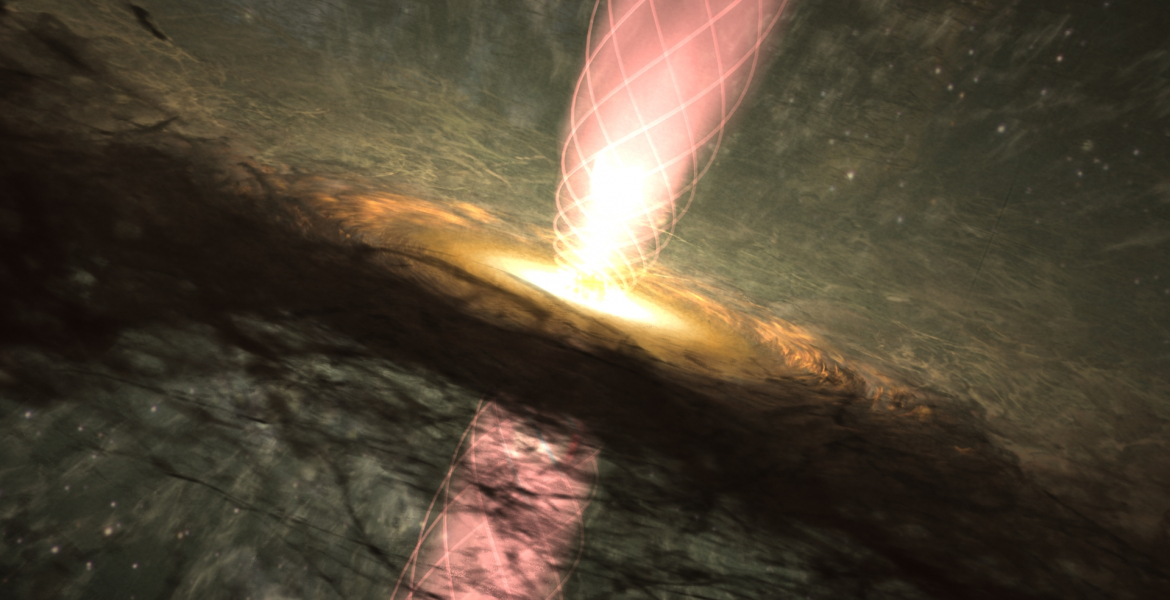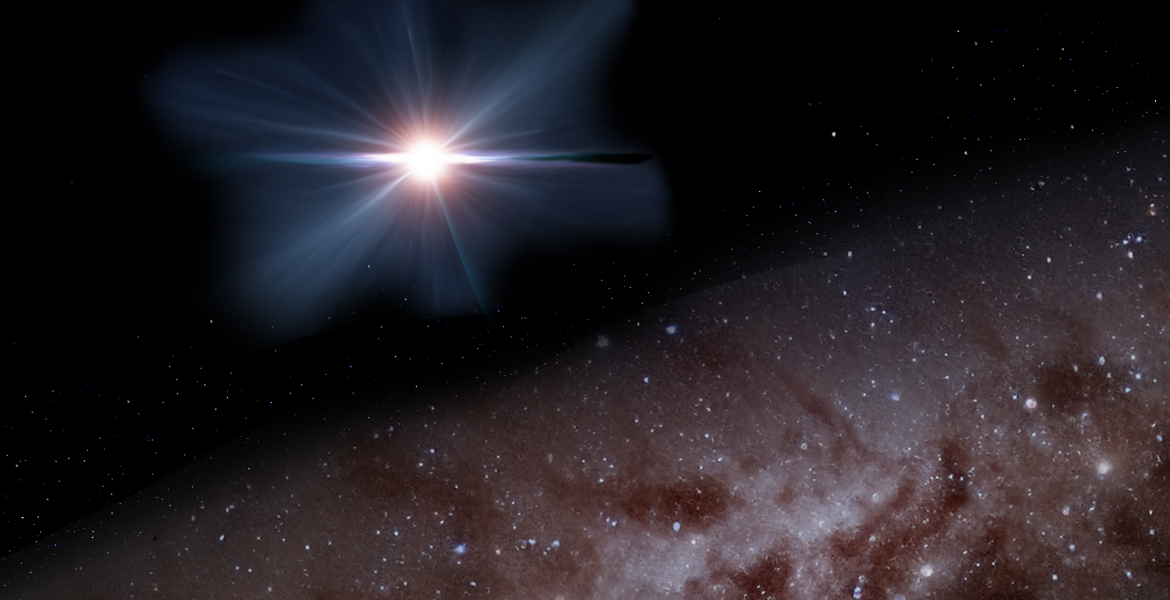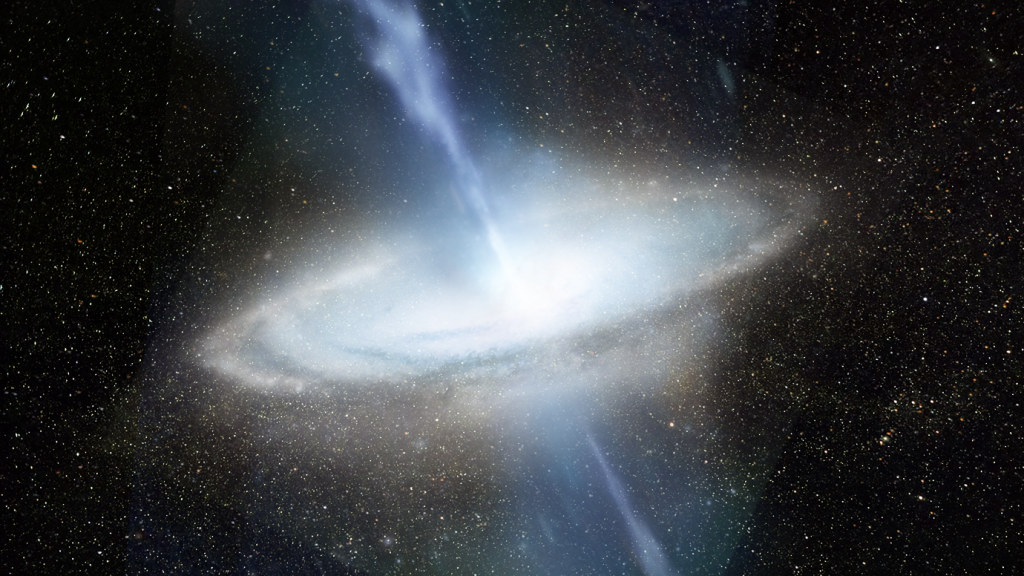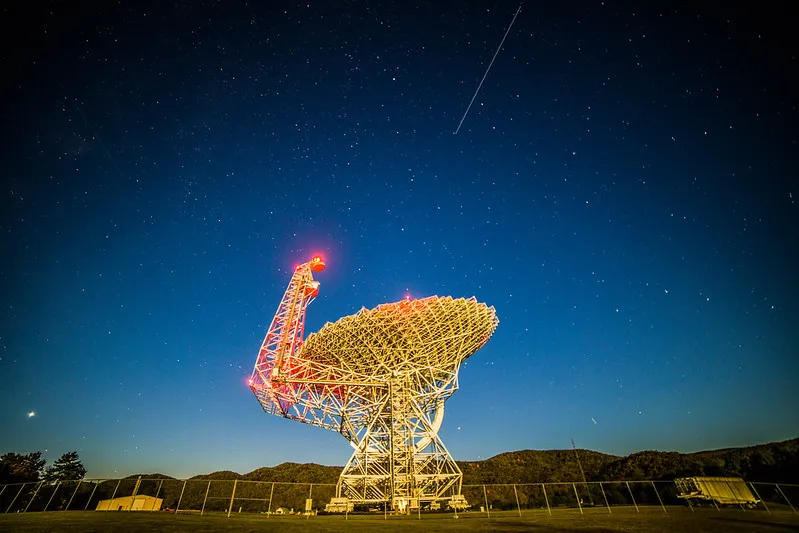New observations from the National Science Foundation National Radio Astronomy Observatory’s (NSF NRAO) Karl G. Jansky Very Large Array (NSF VLA) provide compelling evidence supporting a universal mechanism for the collimation of astrophysical jets, regardless of their origin. A new study, published in the Astrophysical Journal Letters, reveals the presence of a helical magnetic field within the HH 80-81 protostellar jet, a finding that mirrors similar structures observed in jets emanating from supermassive black holes.




